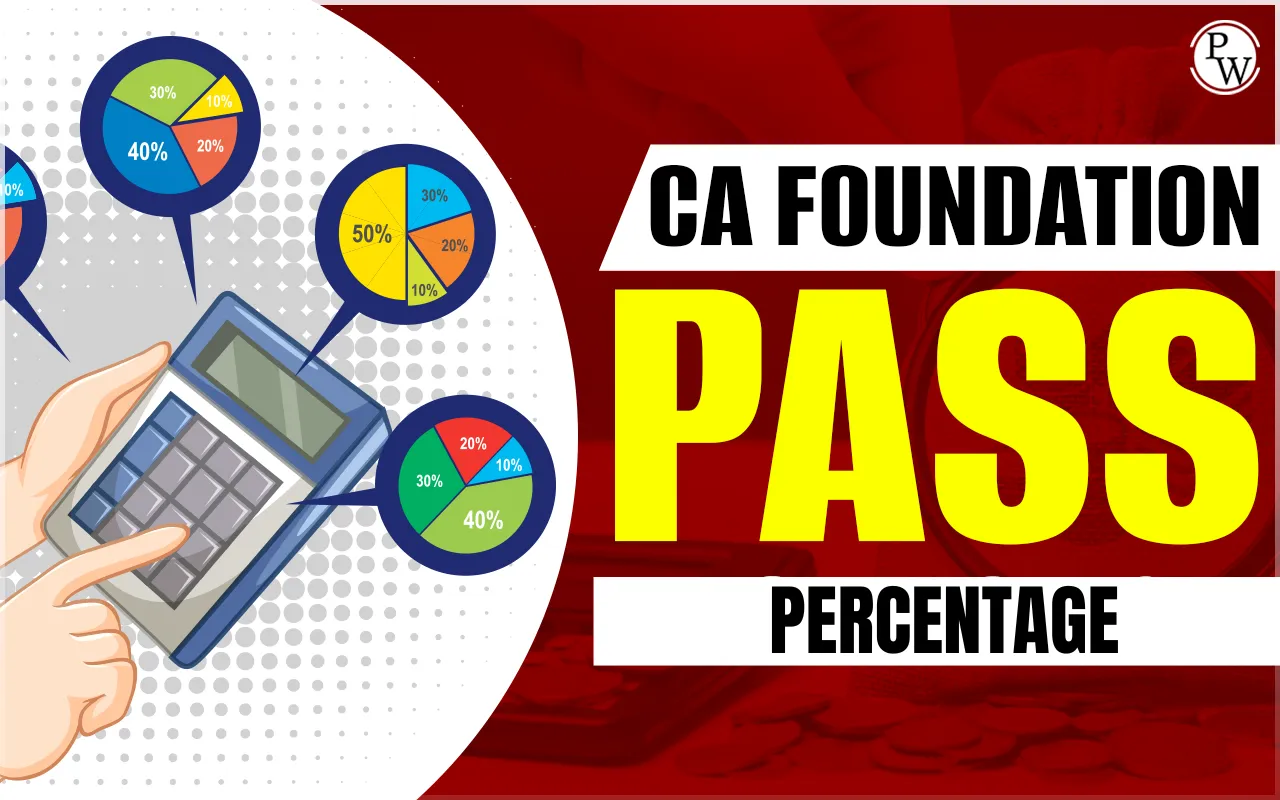
Probability is an integral concept for CA students, forming the foundation for various calculations and decision-making processes. From financial forecasts to auditing predictions, understanding Probability empowers you to approach challenges systematically. Simply put, Probability helps quantify uncertainty, allowing you to evaluate possible outcomes and prepare for future events.
As a CA student, mastering this topic isn't just an academic requirement, it's a life skill that sharpens analytical thinking and problem-solving. This article delves into the core concepts of Probability for CA exams , its formulas, types, and significance in the CA.What Is Probability?
Probability is a mathematical measure of the likelihood of an event occurring. It is expressed as a ratio of favorable outcomes to the total number of possible outcomes. For instance, if you roll a die, the chance of getting a specific number is 1 out of 6, making the Probability 1/6. The formula for Probability is: Probability (event) = favorable outcomes / total outcomes = x / n The value of Probability always lies between 0 (impossible event) and 1 (certain event). For example:- The Probability of tossing a coin and getting heads is 0.5.
- The Probability of selecting an ace from a standard deck of cards is 4/52 or approximately 0.077.
Formulas of Probability
The study of Probability becomes more insightful with its various formulas, which are crucial for solving complex problems:Basic Formula :
P(A)= n(A)/n(S) Here, n(A) is the number of favorable outcomes, and n(S) is the total number of outcomes in the sample space.Addition Rule of Probability :
This is used for the union of two events, A and B. P(A or B) = P(A) + P(B) – P(A∩B) P(A ∪ B) = P(A) + P(B) – P(A∩B)Multiplication Rule of Probability :
For events occurring together: P(A and B) = P(A)⋅P(B). P(A∩B) = P(A)⋅P(B∣A)Conditional Probability :
This evaluates the likelihood of event A given that event B has occurred: P(B∣A) = P(A∩B)/P(A) These formulas are essential tools for CA students, enabling you to analyze probabilities in scenarios such as financial risks, business decisions, or audit outcomes.Types of Probability
Probability can be categorized into different types based on its application and nature. Let’s explore these in detail:Classical Probability
This theoretical type is based on equally likely outcomes. For instance, rolling a die has six outcomes, and each has an equal chance of occurring. Classical Probability is the ratio of favorable outcomes to total outcomes.Empirical Probability
This is derived from experiments or observations. For example, analyzing the success rate of audit trials conducted over a specific period falls under empirical Probability.Subjective Probability
Based on personal judgment or belief, this type doesn't rely on mathematical calculations. For instance, predicting the success of a client’s new product launch based on market trends is subjective Probability.Axiomatic Probability
Introduced by Kolmogorov, this type adheres to axioms where:- The smallest Probability is 0, and the largest is 1.
- The Probability of all possible outcomes equals 1. It is particularly useful for analyzing mutually exclusive events.
Bayesian Probability
This applies Bayes’ Theorem to calculate the Probability of an event based on prior knowledge of related events. For example, in auditing, the Probability of fraud detection may depend on prior records of similar cases. These types highlight the versatility of Probability in addressing different scenarios, making it a powerful tool for CA students.Importance of Probability for CA Students
For CA students, understanding Probability isn't just a mathematical exercise, it's a vital component of their professional toolkit.Risk Analysis : CAs often deal with uncertainties in financial statements, investment portfolios, or tax compliance. Probability helps assess these risks and make informed decisions.
Audit Planning : In audits, Probability aids in selecting samples and evaluating the likelihood of errors or fraud, ensuring better resource allocation.
Forecasting : Be it revenue predictions or market trends, Probability provides the foundation for data-driven forecasts, helping clients plan effectively.
Strategic Decision-Making : From mergers to investment strategies, CA professionals rely on Probability to weigh potential outcomes and advise clients.
By mastering Probability, you not only excel in exams but also gain an edge in practical applications, strengthening your analytical skills for real-world challenges. Ace Probability and other core topics with PW CA Courses! Our expert faculty and comprehensive resources are designed to help you master concepts and excel in your exams. Join us today and take the first step toward your CA success!Probability FAQs
What is Probability in simple terms?
Why is Probability important for CA students?
What are the types of Probability?










